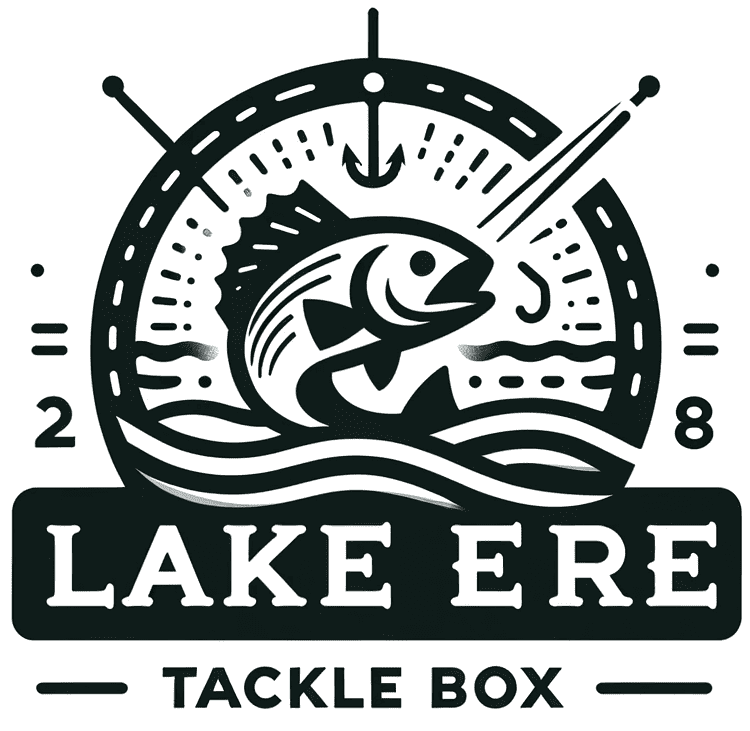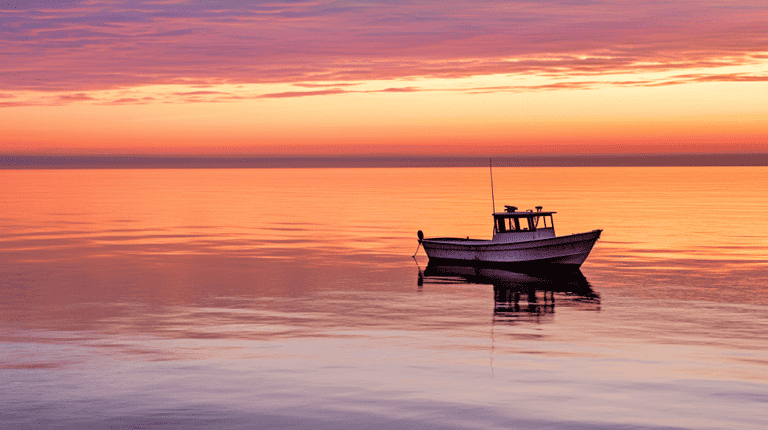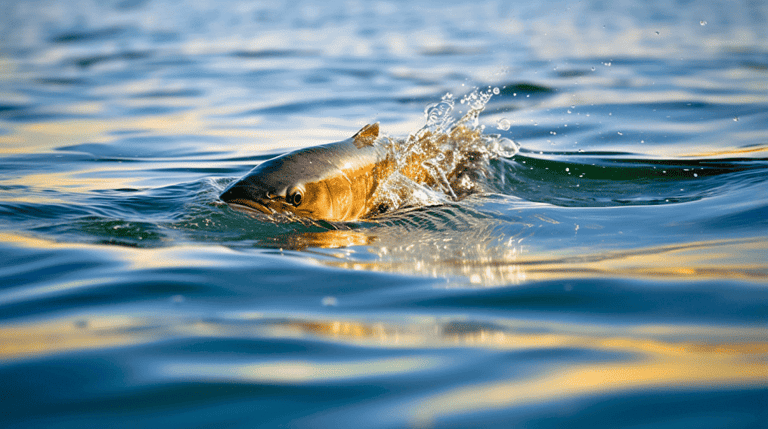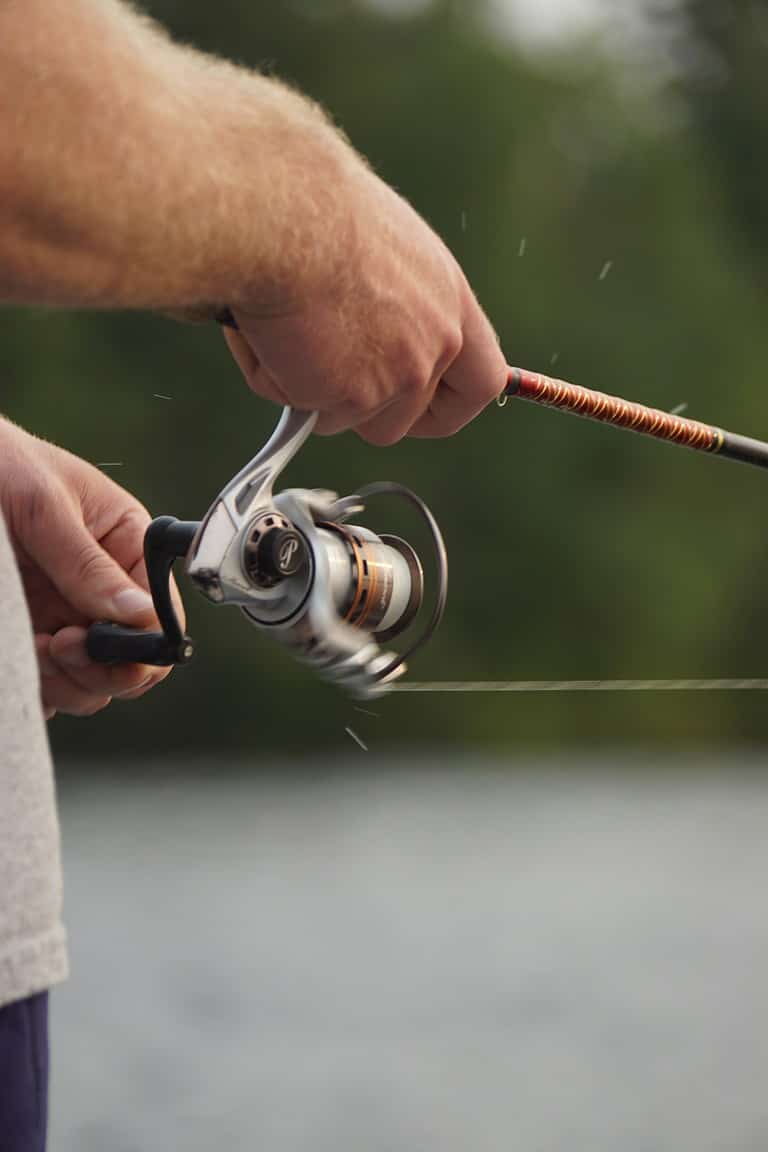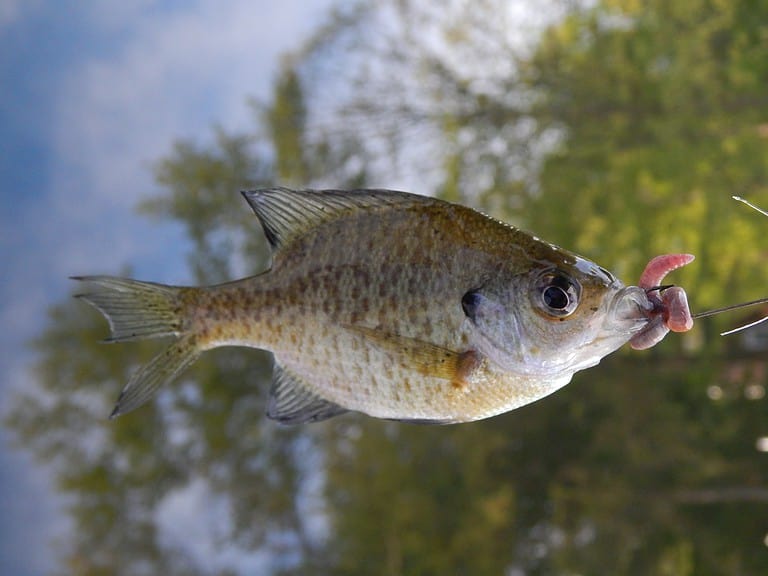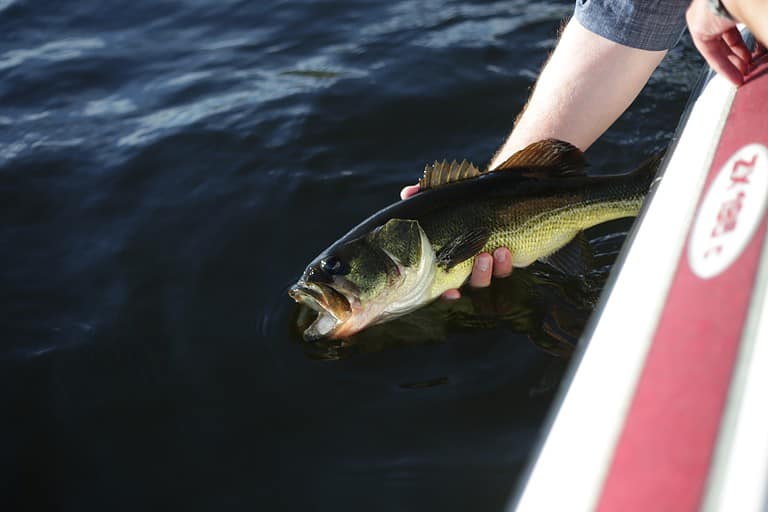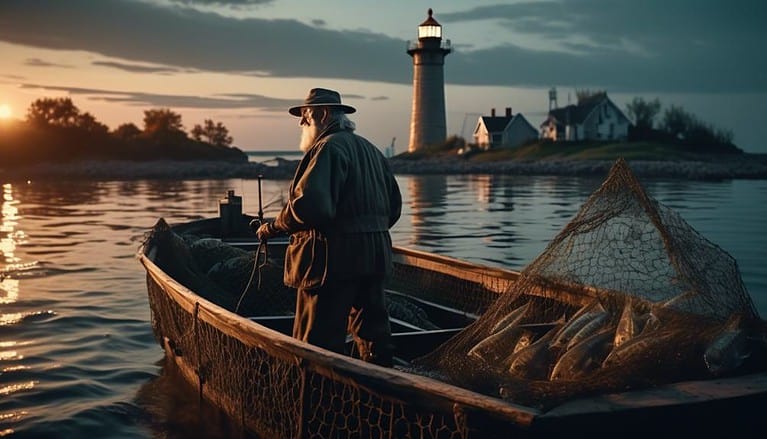Exploring the Giants of Ohio’s Lake Erie: Why It Houses Colossal Fish
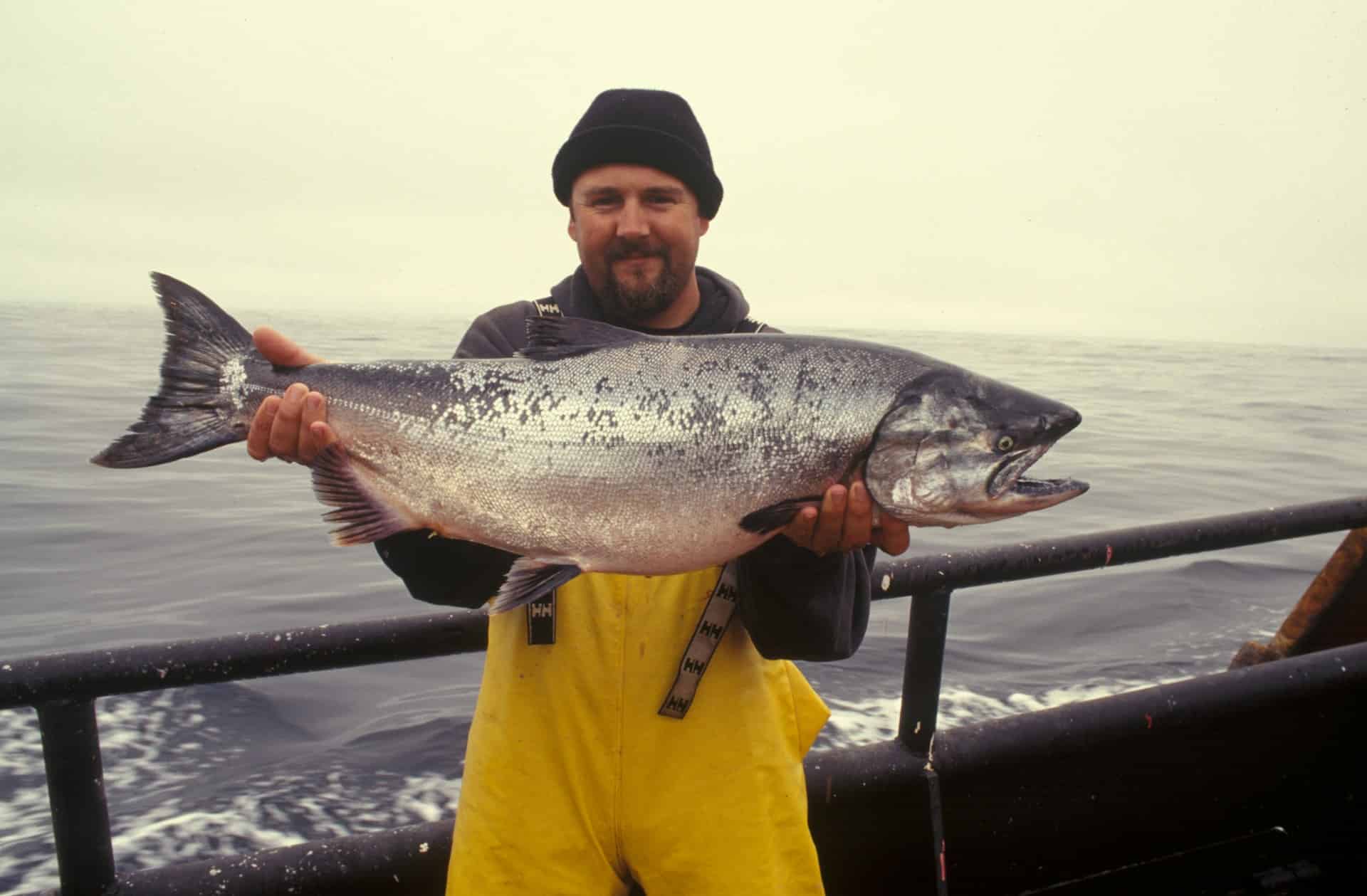
Ever wondered why Ohio’s Lake Erie is the kingdom of colossal fish? Just like a puzzle, every piece of this aquatic ecosystem plays its part.
You’ll dive into the lake’s unique environment, understand the factors influencing fish size, and unravel the mystery of these record-breaking catches.
Don’t blink; you’re about to plunge into the depths of Lake Erie, where giants lurk beneath the surface.
Let’s get hooked on the science behind Ohio’s big fish phenomenon.
Table of Contents
Key Takeaways
- Lake Erie’s shallow depth and abundance of phytoplankton contribute to the optimal conditions for fish growth and population.
- Factors such as food availability, water temperature, pollution levels, overfishing, and habitat loss influence the size of fish in Lake Erie.
- Ohio’s Lake Erie is known for record-breaking fish catches due to specific environmental and biological factors, including optimal water temperature, an abundant food supply, and the biodiversity of the lake.
- Giant fish species, such as walleye and freshwater drum, thrive in Lake Erie due to its rich, nutrient-filled waters and the availability of smaller fish as their primary food source.
Understanding Lake Erie’s Unique Ecosystem
Often, you’ll find that Lake Erie’s unique ecosystem has a significant role in nurturing the growth of some of the largest fish. You can chalk up this phenomenon to a variety of factors that contribute to an environment favorable for fish growth.
Notably, Lake Erie’s shallow depth allows for optimal sunlight penetration, fostering an abundance of phytoplankton. These microscopic organisms form the base of the aquatic food chain, and their plentiful presence ensures a robust food supply for fish.
Moreover, Erie’s complex underwater topography creates varied habitats. These include rocky shores, sandy bottoms, and deep-water zones, each fostering unique fish species.
Furthermore, the lake’s water chemistry plays a crucial role. The high levels of nutrients like phosphorous and nitrogen, often originating from agricultural runoff, stimulate algal blooms. While these blooms can have negative impacts, they also enhance productivity in the food chain, supporting larger fish populations.
While it’s clear that Lake Erie’s ecosystem contributes to its record-breaking fish sizes, it’s not the only contributing factor. In the next section, we’ll delve deeper into the various influences on fish size in Lake Erie.
Influences on Fish Size in Lake Erie
Diving into the influences on fish size in Lake Erie, you’ll find that it’s not just the unique ecosystem that’s at play. The size of the fish is also deeply impacted by factors such as food availability, water temperature, and pollution levels.
In terms of food availability, Lake Erie’s rich biodiversity provides a vast menu for fish, leading to their larger sizes. However, if food sources are depleted due to overfishing or habitat loss, fish growth can be stunted.
Water temperature also plays a significant role. Warmer waters can accelerate fish growth rates, but if temperatures rise too high, oxygen levels can decrease, negatively affecting fish size.
Pollution is another key factor. High levels of pollutants can harm fish, causing them to grow more slowly or not at all. However, Lake Erie’s efforts to reduce pollution levels have helped to maintain a healthier environment for fish growth.
Understanding these influences helps to explain why Lake Erie’s fish are so impressively large. But how have these factors contributed to record-breaking catches? That’s a topic we’ll explore next.
Record-Breaking Fish Catches in Ohio
Now, let’s turn your attention to the record-breaking fish catches in Ohio’s Lake Erie, a testament to the influence of the aforementioned factors on fish size. These catches aren’t random events but rather the result of a specific environmental and biological synergy.
Lake Erie’s unique ecosystem supports a variety of fish species, which has led to record-breaking catches. These include:
- The 47-pound 13-ounce carp caught in 1967.
- The 54-pound 3-ounce buffalo fish reeled in 2008.
The success of these catches can be attributed to two main factors:
- The lake’s optimal water temperature, which promotes fish growth.
- The abundant food supply, which includes smaller fish and aquatic vegetation.
But it’s not just about size. These catches demonstrate the lake’s biodiversity, which is critical for maintaining a healthy ecosystem. The large fish, often top predators, play a crucial role in controlling the populations of smaller species.
As we delve deeper into this topic, you’ll see that it’s not just about the record-breaking sizes but also about the giant species thriving in Lake Erie. Now, let’s continue our exploration by focusing on these giant species in our next section.
Giant Species Thriving in Lake Erie
In Lake Erie, you’ll find a thriving population of giant fish species, each with its unique characteristics and roles in the ecosystem. Here, the commodious walleye, known scientifically as Sander vitreus, and the colossal freshwater drum, or Aplodinotus grunniens, dominate the water’s biodiversity. The walleye’s distinct canine-like teeth and the drum’s unique grunting sound are features that set them apart from other species.
These giants, however, aren’t thriving without reason. Lake Erie’s rich, nutrient-filled waters, combined with a complex food chain, create the perfect environment for these species to grow to impressive sizes. You’ll notice the walleye’s diet, primarily composed of smaller fish like the emerald shiner and the goby, supports its growth, while the drum’s omnivorous nature provides a wider range of food options, including mollusks and insects.
Yet, these species’ prosperity isn’t simply about size. Their existence in large numbers is indicative of a healthy, balanced ecosystem where each organism plays its part. So, when you admire these giants of Lake Erie, remember, you’re witnessing a testament to nature’s intricate design and balance. Their size and population underline the lake’s ecological health and diversity.
Techniques for Catching Colossal Fish in Ohio
If you’re keen on catching these giant fish in Lake Erie, you’ll need to master specific techniques and strategies. It’s not just about casting your line and hoping for the best; it’s a scientific process that requires careful planning and execution.
Here are a couple of proven techniques:
- Using the right bait:
- Live bait: Big fish in Lake Erie, such as walleye and smallmouth bass, are attracted to live bait. Using minnows, leeches, or nightcrawlers can significantly increase your chances of a successful catch.
- Artificial lures: If live bait isn’t an option, artificial lures like crankbaits or spinners can be effective. Opt for those that mimic the fish’s natural prey.
- Optimal fishing time:
- Daytime: Fish are more likely to be active and feeding during the day, especially in the early morning and late afternoon.
- Nighttime: Some species, like the walleye, are more active at night. Use glow-in-the-dark lures for better results.
Frequently Asked Questions
What Are the Specific Regulations for Fishing in Lake Erie, Ohio?
You’re asking about Lake Erie’s fishing regulations in Ohio. They vary based on species, season, and location. You’ll need a valid fishing license, and there are bag and size limits to protect fish populations.
How Has Climate Change Affected the Fish Population and Sizes in Lake Erie?
Climate change’s impact on Lake Erie’s fish population and sizes is significant. Warmer waters can alter fish habitats and food sources, potentially leading to changes in fish size and population dynamics.
What Are Some Other Popular Activities on Lake Erie Besides Fishing?
Besides fishing, you’ll find a treasure trove of activities at Lake Erie. You can sail on its vast waters, hike along its scenic trails, or birdwatch, embracing its rich biodiversity. It’s truly a playground for nature lovers.
Has There Been Any Significant Water Pollution in Lake Erie That Affects the Fish Species?
Yes, Lake Erie’s suffered significant pollution, affecting its fish species. Industrial waste, agricultural runoff, and invasive species have negatively impacted water quality, leading to harmful algal blooms and altering fish populations.
What Are Some of the Common Threats to the Fish Species in Lake Erie?
You’re looking at threats like pollution, habitat loss, and invasive species. They’re endangering the Lake Erie fish population. Overfishing’s also a major concern. It’s crucial to address these issues for a healthy ecosystem.
Conclusion
So, you see, Lake Erie’s unique ecosystem and influences have created the perfect storm for colossal fish. The record-breaking catches and thriving giant species are a testament to this.
But remember, landing one of these behemoths requires some skill. With an understanding of Ohio’s Lake Erie, you’re now ready to tackle the challenge, just like Hemingway’s Old Man and the Sea.
Harness the science, embrace the adventure, and who knows, you might reel in the catch of a lifetime.
